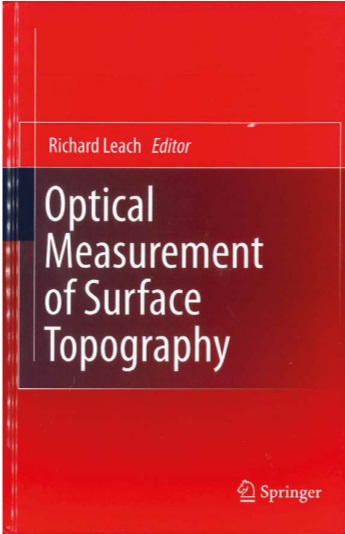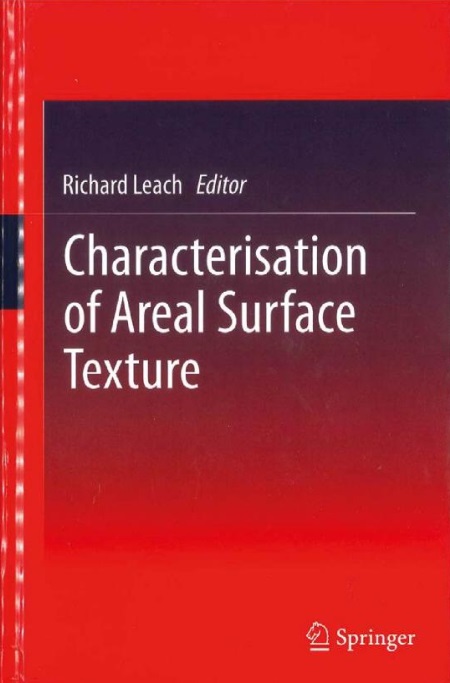Selected Bibliography
This page provides a selection of noticeable publications that are useful for using and understanding profile and areal surface texture. More references are provided in these papers or books, and additional applications can be found in the publications using MountainsMap.
1. Start with the leading authorities on surface metrology
Should you be looking for technical information about instrument techniques and in particular optical surface texture instruments, Optical measurement of surface topography published by Springer is a book not to be missed.
This collective work edited by Professor Richard Leach contains several chapters written by leading specialists of each technique.
Chapters cover the following techniques:
Chromatic confocal microscopy
Point autofocus instruments
Focus variation instruments
Phase-shifting interferometry
Coherence scanning interferometry
Digital holographic microscopy
Imaging confocal microscopy
Light scattering methods.

Most of these techniques are supported in the ISO 25178-60x series but this book provides more detailed information and describes a variety of case studies.
Another excellent reference is Characterisation of areal surface texture, also published by Springer. This book describes post-processing and filtering methods in detail as well as surface texture parameters and also provides several practical applications. The second edition was published in Spring 2024.
A major complement of the areal ISO standards if you want to understand practical areal surface metrology.
Chapters cover the following techniques:
Introduction to surface topography
Areal field parameters
Areal feature parameters
Areal filtering methods
Areal form removal
Fractal-related multiscale geometric methods
Feature-based characterisation
Quantifying surface texture with deep learning
In-process automated areal surface measurement
Relationship between friction and areal surface texture
Cylinder liners and tool steel polishing
Metal powder bed fusion additive manufacturing
Inspection of laser structured cams and comrods

Initially published in 2013.
2. Check out a few scientific publications
Application examples can also be found in scientific publications where authors explore material properties or process efficiency using surface texture tools.
A list of publications is provided in Digital Surf's free online metrology guide: Scientific publications using Mountains®
The following excerpts highlight some interesting examples:
Metrological changes in the surface morphology of cereal grains in the mixing process (2016)
Study of the relationship between the moisture content of maize grains and 3D roughness parameters, in particular kurtosis and skewness parameters.
The Use of Focus-Variation Microscopy for the Assessment of Active Surfaces of a New Generation of Coated Abrasive Tools (2016)
This paper explores several surface texture parameters and analyses to characterize abrasive grains, using several instrument techniques.
Impact of GEM foil hole geometry on GEM detector gain (2015)
This paper exposes a characterization method of the geometry of gas electron multiplier holes using contour and step height analyses.
Influence of grinding conditions on the topographic characteristics of machined surfaces (2014)
Using frequency analysis, wavelets, fractal and motifs analysis, this paper demonstrates the differentiation of turning and grinding surfaces of same Sa value, depending on machining conditions.
Use of close range photogrammetry to assess the micro-texture of asphalt surfacing aggregates (2013)
Results obtained from 3D volume parameters for tracking wear on rock aggregates.
3. And don't forget the MountainsMap® Reference Guide
The MountainsMap® Reference Guide is the documentation installed with the software that can be displayed by pressing the F1 key anytime.
But it is not only a user help guide on how to use the software, it also contains valuable metrological information on standards, filters, as well as on mathematical algorithms used such as the Fourier transform or the autocorrelation function.
The paper version of the reference guide is no longer available.